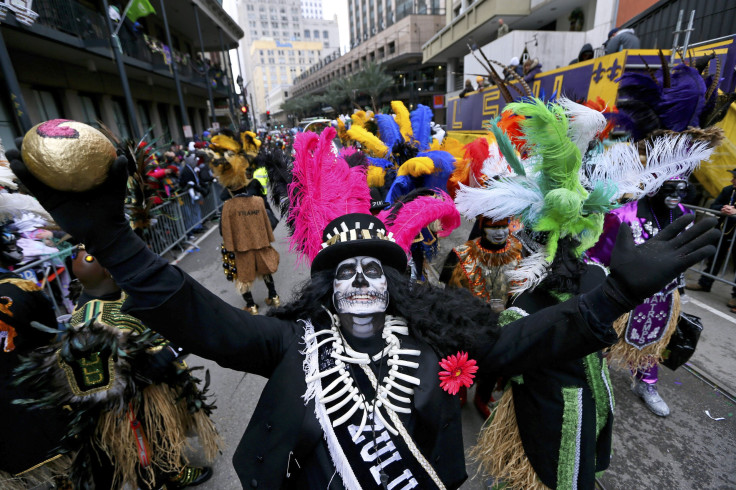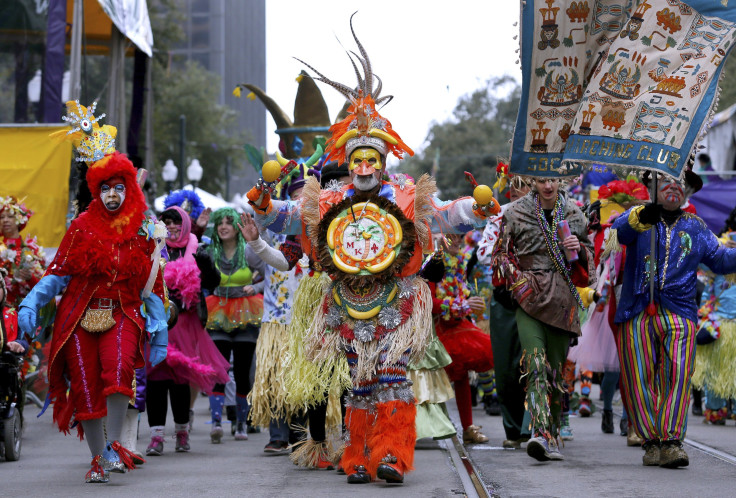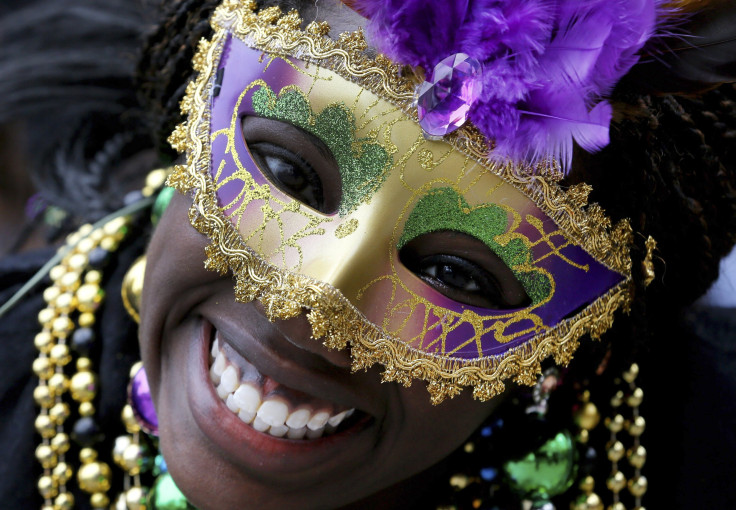What Is Mardi Gras? The History Of Fat Tuesday In New Orleans

While Mardi Gras in New Orleans conjures up images of beads, vibrant costumes and parades in the old French Quarter, Fat Tuesday dates back many centuries, with its roots in both pagan and Catholic traditions. As the Big Easy prepares for another day of parades and celebrations, here’s a look at the history of this unique holiday in the U.S.
Mardi Gras, French for Fat Tuesday, has its roots in pagan celebrations that feted the coming of spring and fertility with the Roman festivals of Saturnalia and Lupercalia. The arrival of Christianity saw the celebrations adapted to the religion, with Mardi Gras falling on the day before the start of Lent and 40 days of fasting and prayer between Ash Wednesday and Easter Sunday.
In France, celebrations before Lent were full of meat and cheese before the coming fast became known as Fat Tuesday. While Mardi Gras is only one day, celebrations leading up to Tuesday are held around the world and are known as Carnival. Brazil celebrates a weeklong Carnival, while in Italy, Venice puts on its own famous version of the event.

Mardi Gras celebrations first landed in the New World in Louisiana with French explorers Jean-Baptiste Le Moyne de Bienville and Pierre Le Moyne d’Iberville. The two held a celebration March 3, 1699, approximately 60 miles south of what is New Orleans today, the Times-Picayune reported. French soldiers would continue celebrating the day with festivities in what is today Mobile, Alabama, allowing residents there to lay claim to the oldest annual celebration in the U.S. The celebrations grew, incorporating masks and costumes that remain an integral part of the parades today.
Celebrations decreased when the Spanish gained control of Louisiana in the 1760s, and it wasn’t until Louisiana officially became a state in 1812 that celebrations started up again on a large scale. In the late 1820s, students paraded and danced in the streets in colorful costumes to unique music. Masks became a key part of the celebrations, with designs taking a cue from European masked balls.

The Mistick Krewe of Comus society of New Orleans businessmen led a torch-lit parade with floats in 1857. The krewes became an elite group of the city’s high society, leading to other groups, including the more diverse and inclusive Les Mysterieuses and the Zulu Social Aid and Pleasure Club, taking part. It wasn’t until 1991 that the city council required the krewes to integrate.
Gov. Henry Warmoth signed the Mardi Gras Act in 1875, making it an official holiday for the state of Louisiana. The holiday, however, has not been celebrated every year, with breaks during the World Wars and a much smaller version held after Hurricane Katrina hit the region in 2006. This year close to 1 million people are expected to take part in the celebrations.
© Copyright IBTimes 2024. All rights reserved.












